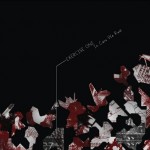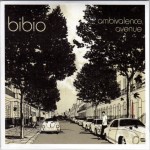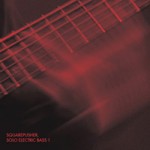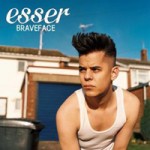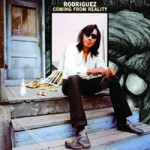Music Review
Pitchfork
June 2009
Link
6.4
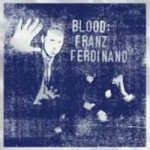
Franz Ferdinand singer Alex Kapranos’ vocals are often wry snapshots of hedonistic nights spent with mysterious, mercurial women. It’s an example, perhaps, of a globetrotting pop star singing about what he knows (his food writing doesn’t translate into three-minute singles quite as well). But the band isn’t nearly as risky, uninhibited, and freewheeling when it comes to its own music. The group’s sophomore album sounded like a heavyweight repressing from the same post-punk revival mold used to make its debut, and the recent Tonight came off as a tease, flirting with synthesizers and a few new directions, not to mention a rotating cast of producers. Though, to its credit, the band endured numerous false starts in an attempt to get it right– the making-of saga even boasts a human bone-as-percussion studio story– Tonight hinted at opportunity without fully seizing it.
Blood, an album-length dub version of Tonight, arrives as an experimental spin on the band’s music at a time when they’re already toying with their formula. Though it was previously included as part of a deluxe box set and released in limited quantities for Record Store Day, Blood isn’t merely a collectible or curiosity. Described as “Franz through Dan’s filter”– a reference to producer Dan Carey, the former Mad Professor apprentice who was the last person to fill the producer’s chair during the making of Tonight— it’s filled with relaxed recalibrations of the source material. While groups like Easy Star have made a cottage industry out of recording new dub covers, Blood goes the traditional route by rearranging and remixing elements of the original music.
Carey may have spent time recently working with Lily Allen and Kylie, but he hasn’t lost his feel for reggae. “Feel the Envy”, which unspools the slippery bass line and bubbling synths of “Send Him Away” and submerges the song in reverberations, and “Feeling Kind of Anxious”, where Kapranos’ words cycle and careen off the walls of an echo chamber, are prime examples. “Backwards on My Face”, a slack remix of “Twilight Omens”, wallows in a low groove, springy but crisp snare beats, and vocoded croaks that used to be Kapranos’ lyrics. Many of the album’s best moments recast parts of the original songs in ways that underline their melodic strength, especially the bass lines of Bob Hardy. “Katherine Hit Me”, a reworking of “No You Girls”, glides by on the original track’s tight, funky bass line, a solid frame that stands up to the shift towards a half-time tempo and meandering effects. Carey’s work calls to mind Echo Dek, Adrian Sherwood’s deft reworking of the master tapes of Primal Scream’s Vanishing Point, including the slightly darker, paranoid bent. Despite the album’s anxiety-prone songs titles, Franz sound relaxed and just as cocksure on these remixes, rarely forced.
While the songs are well-constructed, Blood is intriguing to a certain point but lacking the jolt necessary to transcend the concept. Perhaps that’s putting unfair expectation on what is a well-executed one-off exercise, but some tracks feel a bit winded-down as opposed to re-imagined. For every channel-shifting echo effect on the album, there are moments, like the pulsating synths on “Die on the Floor” or stretches where Kapranos’ vocals are looped, that call to mind standard dance remixes, standard being the key word. It’s arguable how “dub” a few of these tracks are– much like Tonight, they don’t fully commit. Franz’s music is usually as crisp and tight as its constructivist cover art, and though reformatted, stretched out, and slowed down on Blood, it still maintains a strong pulse. Hopefully this playful detour leads to more easygoing experimentation when Franz Ferdinand start cracking skulls together for the next full length.
